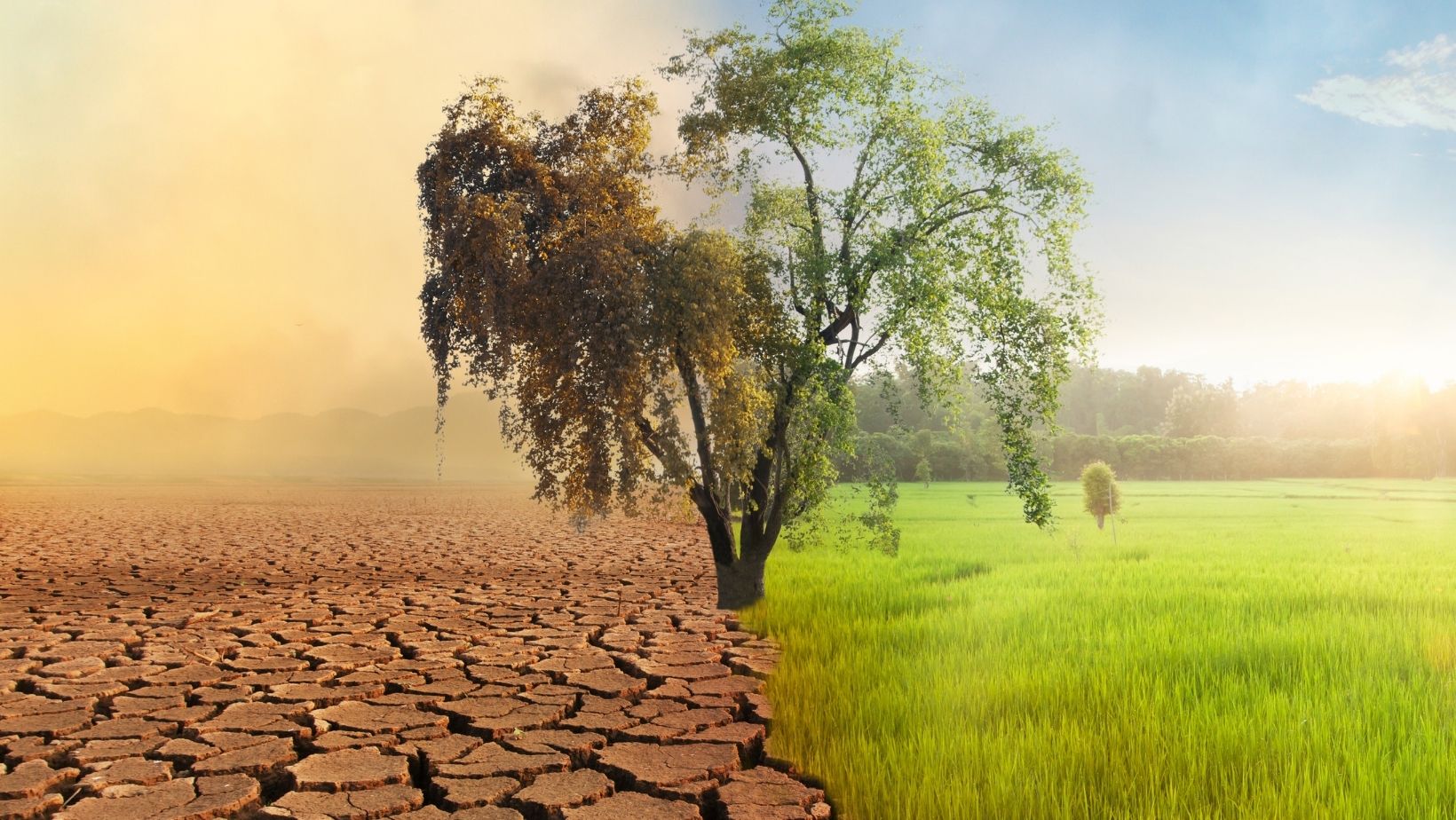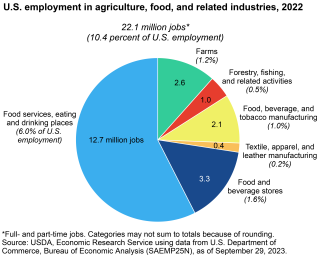
Climate Change Impacts on Agriculture and Food Supply
Climate change may affect agriculture at both local and regional scales. Key impacts are described below, as published by the United States Environmental Protection Agency in Climate Change: Impact by Sector on March 25, 2025 :
1. Changes in Agricultural Productivity
Climate change can make conditions better or worse for growing crops in different regions. For example, changes in temperature, rainfall, and frost-free days are leading to longer growing seasons in almost every state. A longer growing season can have both positive and negative impacts for raising food. Some farmers may be able to plant longer-maturing crops or more crop cycles altogether, while others may need to provide more irrigation over a longer, hotter growing season.
Air pollution may also damage crops, plants, and forests. For example, when plants absorb large amounts of ground-level ozone, they experience reduced photosynthesis, slower growth, and higher sensitivity to diseases.
Climate change can also increase the threat of wildfires. Wildfires pose major risks to farmlands, grasslands, and rangelands.
Temperature and precipitation changes will also very likely expand the occurrence and range of insects, weeds, and diseases. This could lead to a greater need for weed and pest control.
Pollination is vital to more than 100 crops grown in the United States. Warmer temperatures and changing precipitation can affect when plants bloom and when pollinators, such as bees and butterflies, come out. If mismatches occur between when plants flower and when pollinators emerge, pollination could decrease.
Heat and humidity can also affect the health and productivity of animals raised for meat, milk, and eggs.
2. Impacts to Soil and Water Resources
Climate change is expected to increase the frequency of heavy precipitation in the United States, which can harm crops by eroding soil and depleting soil nutrients.
Heavy rains can also increase agricultural runoff into oceans, lakes, and streams which can harm water quality. Runoff can carry nutrients, fertilizer, and pesticides into neighboring water bodies.
When coupled with warming water temperatures brought on by climate change, runoff can lead to depleted oxygen levels in water bodies. This is known as hypoxia. Hypoxia can kill fish and shellfish. It can also affect their ability to find food and habitat, which in turn could harm the coastal societies and economies that depend on those ecosystems.
Sea level rise and storms also pose threats to coastal agricultural communities. These threats include erosion, agricultural land losses, and saltwater intrusion, which can contaminate water supplies. Climate change is expected to worsen these threats.
3. Agricultural Workers' Health
Agricultural workers face several climate-related health risks. These include exposures to heat and other extreme weather, more pesticide exposure due to expanded pest presence, disease-carrying pests like mosquitos and ticks, and degraded air quality. Language barriers, lack of health care access, and other factors can compound these risks. Higher temperatures and resulting heat stress are affecting farmworker safety and productivity, which can affect earnings and their own food security.
Agriculture and the Economy

Agriculture contributed more than $1.53 trillion to the U.S. gross domestic product in 2023. In 2022, the sector accounted for 10.4 percent of total U.S. employment. These include not only on-farm jobs, but also jobs in food service and other related industries. Food service makes up the largest share of these jobs at 12.7 million.
Cattle, corn, dairy products, and soybeans are the top income-producing commodities. The United States is a key exporter of soybeans, other plant products, tree nuts, animal feeds, beef, and veal.
Population Impacts
Many hired crop farmworkers are foreign-born people from Mexico and Central America. Most hired crop farmworkers are not migrant workers; instead, they work at a single location within 75 miles of their homes. Many hired farmworkers can be more at risk of climate health threats due to social factors, such as language barriers and health care access.
Climate change could affect food security for some households in the country. Most U.S. households are currently food secure. This means that all people in the household have enough food to live active, healthy lives. In 2023, 13.5 percent (18.0 million households) were food insecure. These households faced a lack of resources that resulted in difficulty providing enough food for all their members. U.S. households with above-average food insecurity include those with an income below the poverty threshold, those headed by a single woman, and those with Black or Hispanic owners and lessees.
Climate change can also affect food security for some Indigenous peoples in Hawai'i and other U.S.-affiliated Pacific islands. Climate impacts like sea level rise and more intense storms can affect the production of crops like taro, breadfruit, and mango. These crops are often key sources of nutrition and may also have cultural and economic importance.
To learn more about what we can do to reduce climate change on agriculture, visit: https://www.epa.gov
Recommended for you
Bipartisan Bill Aims to Boost Mass Timber Industry

Climate Change Impacts on Agriculture and Food Supply

S2G and Ocean 14 Capital join forces to scale organic waste-derived insect protein

We are driven by a passion to transform the world by empowering visionary entrepreneurs who dare to challenge and redefine today’s standards.

Partner with us
Let’s talk about the future growth of your business
Partner with usConnect with us to discover how our specialized advisory services and customized investment programs can benefit your business.

.svg)

.png)